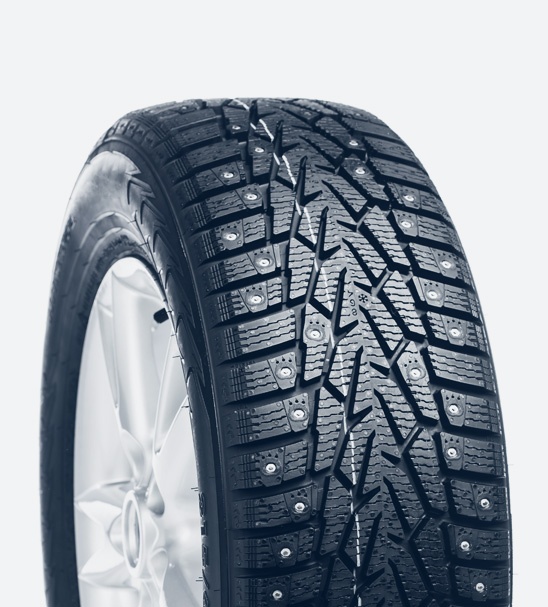Understanding the Importance of Rear Differential Axle Seal in Vehicle Maintenance
Understanding Rear Differential Axle Seals Importance, Function, and Maintenance
The rear differential axle seal is a crucial component of a vehicle’s drivetrain system. Understanding its role, functionality, and maintenance can help prevent costly repairs and ensure the longevity of the vehicle. This article delves into what rear differential axle seals are, their importance, common issues associated with them, and how to maintain them effectively.
What is a Rear Differential Axle Seal?
The rear differential axle seal is a circular gasket located at the junction where the axle shaft meets the differential housing. In a simple terms, it acts as a barrier to prevent axle lubricant from leaking out of the differential while keeping dirt, water, and debris from entering the system. These seals are made from durable materials such as rubber or neoprene to withstand extreme temperature changes and the corrosive nature of differential fluids.
Importance of Rear Differential Axle Seals
The primary function of the rear differential axle seal is to maintain a proper seal for the gear oil that lubricates the differential and reduces friction between moving parts. This lubricant is vital for the smooth operation of the differentials, which facilitates power distribution between the rear wheels.
A compromised axle seal can lead to several issues
1. Fluid Leaks The most common problem associated with failing axle seals is fluid leakage. When the seal deteriorates or gets damaged, lubricant can escape, leading to a drop in fluid levels within the differential.
2. Dirty Differential If dirt and debris are allowed to enter through a compromised seal, they can contaminate the lubricant. This contamination can lead to accelerated wear of the differential components, resulting in costly repairs.
3. Overheating Insufficient lubricant can cause excessive heat buildup within the differential. Overheating can damage gears and bearings, leading to potential failure.
4. Reduced Performance A failing axle seal can compromise the overall performance of the vehicle. It may lead to handling issues and reduced traction, particularly in adverse driving conditions.
Common Issues with Rear Differential Axle Seals
rear differential axle seal

Several factors can lead to the failure of rear differential axle seals. These include
- Wear and Tear Over time, the constant movement and pressure can cause the seals to wear down, making them inefficient. - Improper Installation If an axle seal is installed incorrectly, it can lead to premature failure. It’s essential to follow manufacturer guidelines during installation. - Environmental Factors Exposure to extreme temperatures, mud, water, and other environmental challenges can accelerate the deterioration of the seal materials.
- Age of the Vehicle Older vehicles may be more susceptible to seal failure due to aging components.
Maintenance of Rear Differential Axle Seals
Routine maintenance is essential to prolong the life of rear differential axle seals. Here are some tips to ensure optimal performance
1. Regular Inspections Periodically check for signs of fluid leakage around the axle and differential area. Early detection can prevent further complications.
2. Fluid Changes Regularly changing the differential fluid is crucial. Following the vehicle manufacturer’s recommended maintenance schedule ensures that the lubricant remains effective and free from contaminants.
3. Listening for Sounds Pay attention to any unusual noises coming from the rear differential. Grinding or whining noises can indicate that the lubricant may be low or contaminated.
4. Professional Maintenance If you notice any signs of leakage or performance issues, consult a qualified mechanic. They can assess the condition of the axle seals and determine if replacement is necessary.
Conclusion
Rear differential axle seals play an essential role in maintaining the integrity and performance of a vehicle's drivetrain. By understanding their importance, recognizing common issues, and performing regular maintenance, vehicle owners can safeguard against costly repairs and ensure the reliability of their vehicles. Regular inspections and adherence to maintenance schedules will go a long way in extending the life of these vital components, ultimately enhancing the driving experience.
-
Simplifying Oil Changes: A Comprehensive Guide to Oil Drain Plugs and Their Variants
News Aug.04,2025
-
Mastering Oil Drain Maintenance: Solutions for Stripped, Worn, and Upgraded Oil Plugs
News Aug.04,2025
-
Fixing Oil Pan Plug Issues: Leaks, Stripped Nuts, and the Right Replacement Solutions
News Aug.04,2025
-
Everything You Need to Know About Oil Drain Plugs: Sizes, Fixes, and Upgrades
News Aug.04,2025
-
Choosing the Right Oil Drain Plug: A Guide to Sizes, Materials, and Drain Innovations
News Aug.04,2025
-
A Complete Guide to Automotive Drain Plugs: Types, Problems, and Innovative Solutions
News Aug.04,2025
-
The Ultimate Guide to Car Repair Kits: Tools and Essentials Every Driver Should Own
News Aug.01,2025
Products categories















